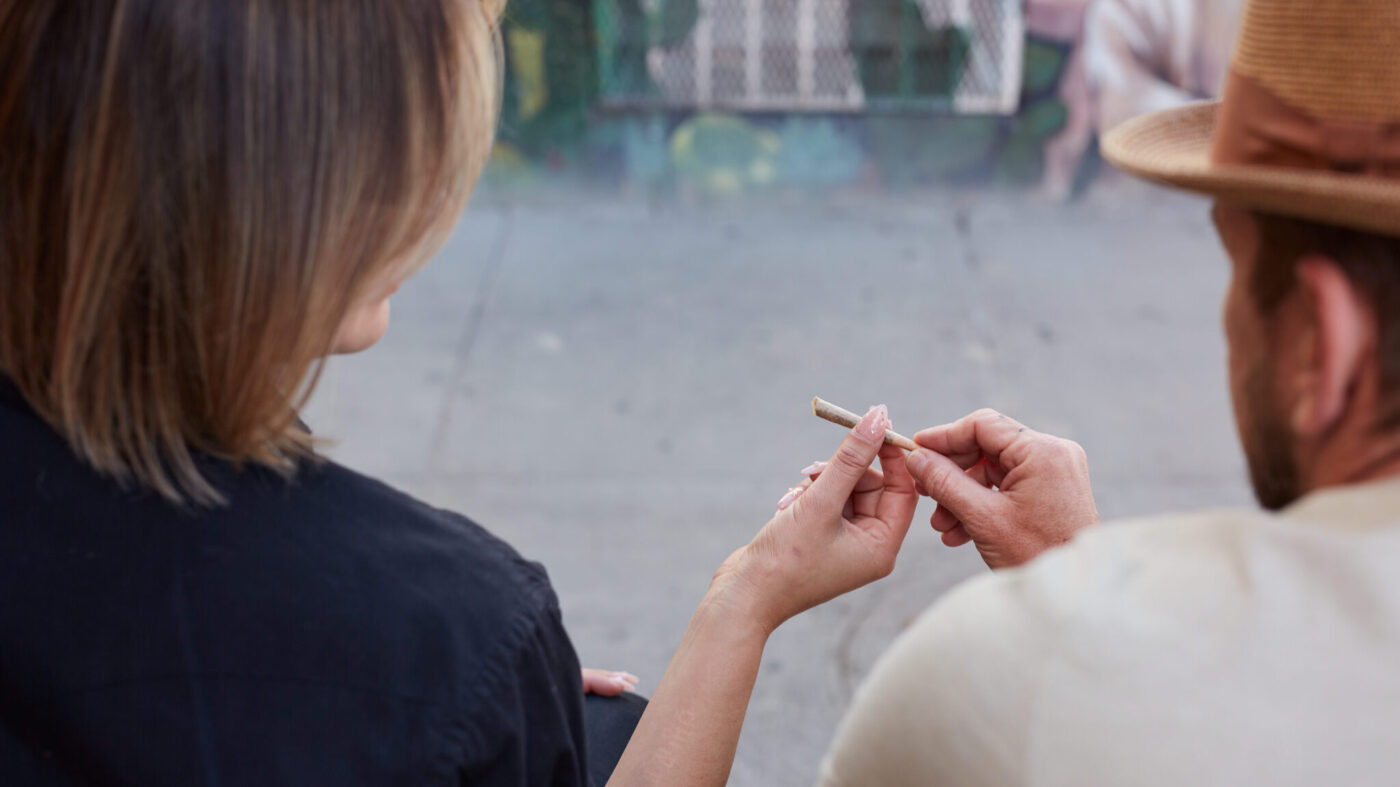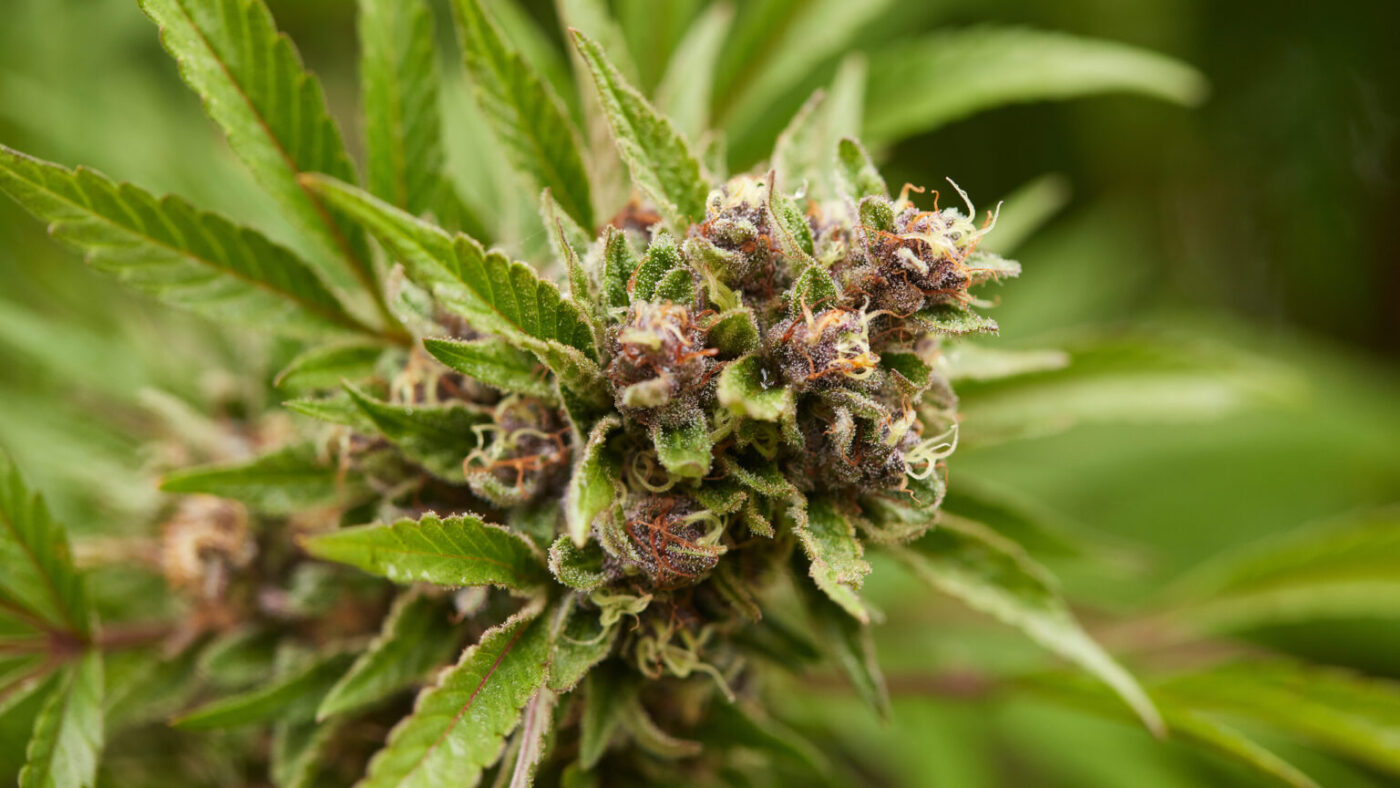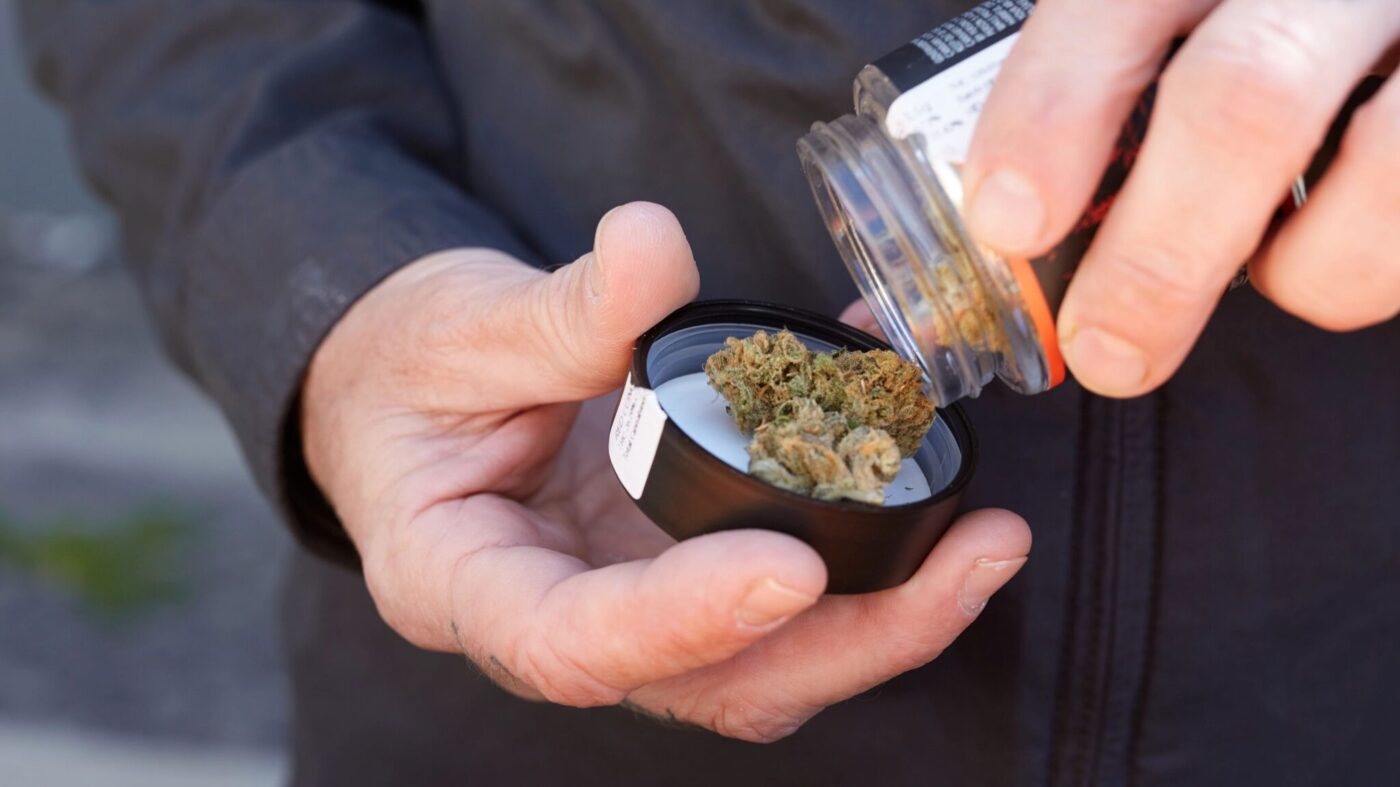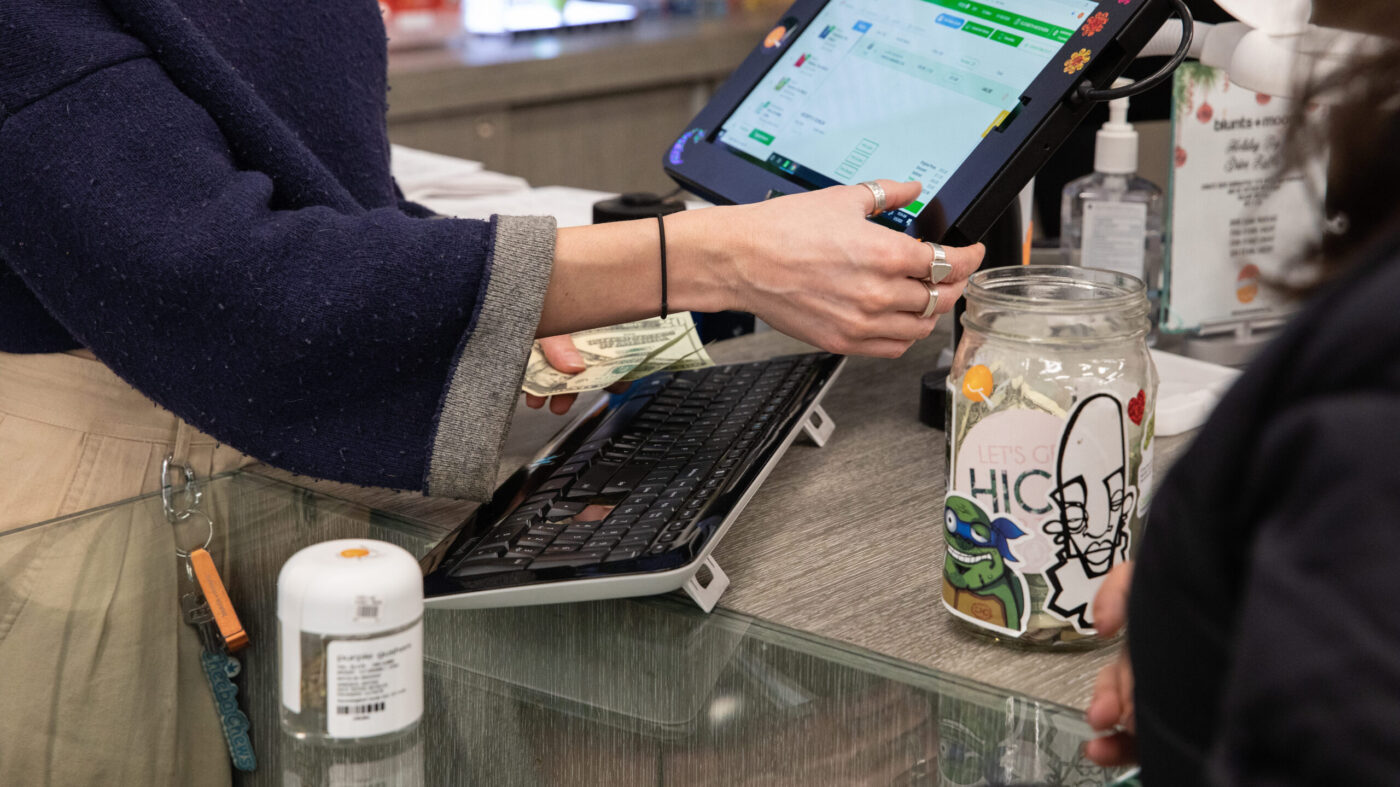No products in the cart.
Blog
Daily Favorites Vape Use In USA Is Now More Common Than Daily Alcohol Drinking, New Study Finds
A new study looks at how pot smoking habits changed in recent years. It shows more people in the US now use Favorites Dispos than booze. The report says daily weed use in America jumped about 15 times per person since ’92.
More states now allow marijuana Vapes and people use it more often. Jonathan Caulkins from Carnegie Mellon University wrote the study. He says we don’t know if legal weed made more people smoke it. Maybe people liked weed first then changed the laws. It’s hard to tell which came first.
Caulkins doesn’t connect use patterns to policy shifts, but the report notes that the national marijuana use rate “reflects policy changes decreasing when restrictions tighten and increasing when policies loosen up.”
The link between more use and legalization doesn’t mean policy caused use changes, according to the paper. Both could be signs of deeper cultural and attitude shifts. Still, cannabis use today appears to be on a different level than before legalization, no matter which way the cause-and-effect arrows point.
Cannabis consumption every day has grown since hitting its lowest point in the early ’90s.
The latest study shows “people said they used less weed until 1992 then it went up a bit until 2008, and shot up after that especially for heavy users.” The number of folks who said they smoked weed almost every day went up 15 times from 1992 to 2022.
2022 marked the first time more Americans said they used pot often compared to booze.

Marijuana’s daily usage has risen since hitting its lowest point in the early 1990s.
The latest studies show that “people said they used cannabis less until 1992 then it went up a bit until 2008, and has shot up a lot since then for heavy users.” Daily or almost daily use went up fifteen times between 1992 and 2022.
In 2022, something new happened. More Americans said they used cannabis often compared to alcohol.
results on Wednesday.
Caulkins acknowledges in the paper that the federal survey has changed its methods over time. These changes include switching from paper to digital surveys tweaking sampling methods, and giving respondents $30 to participate. She also notes that the government discourages comparing different survey designs. Despite this, he argues that his conclusions are valid.
The writer states that SAMHSA advises against comparing usage rates before and after redesigns. However, he points out that the huge changes over the period studied overshadow any differences in survey wording or methods that might cause a 10% or 20% shift in responses. This means the big trends are still clear even if the exact numbers might be a bit off due to changes in how the surveys were done. The writer seems to think these large shifts are more important than small differences caused by tweaks in the survey process.

The study suggests changes in reported cannabis use might be more significant than actual use changes as self-reporting increased with cannabis becoming more common. Still, state legalization led to a huge increase in cannabis product variety.
The study also points out that people now report high-frequency cannabis use more often than high-frequency drinking, indicating actual use changes have been big. It further notes the massive shifts in self-reported cannabis use rates daily or almost daily use.
Caulkins told the Associated Press that 40% of users consume marijuana on a regular or near-regular basis. He pointed out that this usage pattern resembles smoking habits more than
Caulkins and Stanford University’s Keith Humphries share their research in the Washington Monthly. They argue that market forces have led to much stronger marijuana.
The duo states, “Legalization and commercialization have caused a revolution in marijuana potency.” “Before 2000 seized weed never had more than 5 percent THC, the stuff that gets you high. Now, the ‘flower’ you can buy in legal shops is super strong usually packing 20-25 percent THC. And stuff like dabs and vape oils? Those often have over 60% THC.”
The authors point out how weed has changed. They show that legal pot shops now sell way more powerful products than what was around just a few decades ago. It’s not just a small increase – we’re talking about a massive jump in strength. This shift has an impact on how people use marijuana and its effects on them.
Back in the ’90s, someone smoking two joints a week, each weighing half a gram and containing 4% THC, got about 5 mg of THC . These days regular users take in over 1.5 grams of stuff with 20-25% THC. This means they’re getting more than 300 mg of THC. It’s way more THC than what doctors use in their health studies. People today are using much stronger weed than before. The amount of THC in today’s cannabis is much higher than what researchers test in their trials. Regular users now consume a lot more THC than they did in the past. This big difference in THC levels makes it hard to compare old and new studies on cannabis effects.
Caulkins and Humphries point out that weed is turning into a drug for older folks. They stress how uncommon it is for teens to smoke pot .
On a good note, they said the youngsters are doing okay for the most part. Just 2% of pot smokers aged 12 to 17 use it every day or every day. So, teens account for 3% of the 8.3 billion days Americans say they use marijuana each year.

People aged 35 to 49 ate more than those aged 26 to 34. The 26 to 34 group ate more than the 18 to 25 group.
Caulkins and Humphries say not paying attention to heavy long-term use could cause memory focus and motivation issues. They warn the biggest risk might be serious lifelong conditions like schizophrenia.
They point out that big companies now control the market instead of small anti-materialist groups. They say regulators need to protect people from cannabis companies.
“Weed isn’t as bad as fentanyl, but it’s not as harmless as lettuce,” the authors say in their Washington Monthly opinion. “We might be sorry if we don’t notice and act on these changes, because more people using this drug isn’t safe.”
Caulkins’s new study didn’t try to find out if people are swapping booze for pot. But a Canadian study from earlier this year showed that when weed became legal, beer sales dropped. This suggests people might be choosing weed over beer.
The report reveals that Canada saw a drop in beer sales after non-medical cannabis became legal. Right after legalization, beer sales fell by 96 hectoliters for every 100,000 people. Each month after that, sales kept dropping by 4 hectoliters per 100,000 people. On average, this meant a monthly decrease of 136 hectoliters for every 100,000 people following the legalization. These numbers show how cannabis legalization had an impact on beer consumption in Canada. found researchers from the University of Manitoba, Memorial University of Newfoundland and the University of Toronto.
Sales data shows Canada’s marijuana excise tax brought in $660 million in 2022-2023. This amount surpassed the combined revenue from wine ($205 million) and beer ($450 million) taxes, MJBiz reports.
In the US, some states with legal weed see cannabis outselling alcohol too.
Michigan offers an example. The state’s House Fiscal Agency, which gives neutral analysis, did a study. It found marijuana sales beat the total sales of beer, wine, and liquor in the last fiscal year.

Legal weed raked in $451.9 million for Illinois last fiscal year beating alcohol by about $135.6 million.
Colorado saw pot bring in more cash than booze or smokes in 2022 – almost matching their combined total. Washington State and Arizona hit similar milestones.
A global investment bank’s recent survey called weed a “tough rival” to alcohol. They think 20 million more folks will use Favorite dispo in the next five years, while alcohol loses a few million users. The report also predicts U.S. weed sales will hit $37 billion by 2027 as more state markets open up.
A study from November found that making weed legal could lead to a “switch effect.” Young people in California cut down on smoking and drinking a lot after the new cannabis rules started.
Gallup did a poll in August. It showed Americans think weed isn’t as bad as other tobacco stuff, booze, smokes, and vapes.
The American Psychiatric Association and Morning Consult asked people what they thought in June. Americans said weed is way less harmful than alcohol, cigarettes, and opioids. They also think it’s not as addictive as tech and those other things.
A 2022 poll showed Americans believed weed was not as bad as booze or smokes.
